One very confusing concept for new business owners is determining how to pay yourself from your business. As an S-corporation business owner, you pay taxes on everything your business earns regardless of when you distribute money to your shareholders. You’re also required to pay yourself a minimum reasonable salary.
However, paying yourself the minimum salary is usually not enough to cover your personal expenses. You also need to distribute profit from your S-corporation’s profits to make up the difference. This article covers the ideal breakdown between S-corp salary or distributions for business owners.
Our formula for S-corp salary and distributions
At CleverProfits, we utilize a very simple and effective formula for determining the ideal breakdown between S-corp salary or distributions.
Target Monthly Pay – Monthly W-2 Salary = Monthly Distributions
Our CFO clients usually have projects and labor analyses to determine what the owner’s target monthly payment is. Let’s say in our example your target monthly payment is $10,000 per month. We do some nifty tax planning to determine your W-2 salary should be $4,000 per month. This amount should automatically be paid using your payroll platform.
The difference should be your monthly distributions from business profit or $6,000 per month. You can set this up as a recurring transfer from your business bank account to your personal bank account and label it as an owner’s distribution. This is treated as an equity transaction in your books. These distributions are not subject to payroll taxes, so there is typically an advantage to pay as little salary as possible and make up your shortfall with monthly distributions.
Should you make additional profit distributions?
If your business is doing great, we recommend working with a CFO to determine what your company cash on hand requirements are. Anything extra that isn’t being put to work in the business should be taken out of the business and used to:
- Build a personal emergency fund
- Set aside for your quarterly and annual income tax payments
- Contribute to tax-advantaged retirement or health savings accounts
- Distribute to yourself and build a passive income portfolio
- Save for a down payment on a house
While you can leave money in the business, it is usually best to distribute excess profits to shareholders. That way they can put that money to work without being exposed to the business’s creditors. You should aim to distribute additional profits quarterly or annually since profit in a business can fluctuate wildly every month.
The ratio of S-corp salary to distributions
There is no ideal ratio of salary to distributions because it depends entirely on your company, your industry, and your involvement. Every business and business owner is different so there is no one size fits all.
That being said, the best way to determine reasonable compensation is to perform a compensation study by a professional. They will compare your role in your business to other businesses like yours in the industry and give you a reasonable range to pay yourself.
How much should I set aside for taxes?
One common misconception newcomers think is that they only pay taxes when they take distributions from their business. While that’s true for C-corps, S-corps work differently. Pass-through income means you pay taxes on your share of all the business profit regardless of distributions. While it’s perfectly fine to set aside a percentage of your distributions for taxes, just know that you will also have to pay taxes on leftover profit (“retained earnings”) in the business.
It is more important to set up an recurring transfer where you set aside a fixed percentage of taxable income from your business into a savings account and use those funds to pay your estimated taxes and tax bill. Some people say they should set aside 15% or 40%, but there is no hard and fast rule because everyone’s tax situation is different. That’s why it’s important to work with a tax advisor to help quantify what you need to save for taxes.
What about personal expenses like housing or vehicles?
Personal expenses should never be recorded in your income statement as a deductible expense. One reason is that it skews your income statement and makes it difficult to evaluate the performance of your business on its own merit. The other reason is that treating your business like a personal piggy bank can “pierce the corporate veil” and expose your personal liability to creditors of the business. Lastly, personal expenses are never deductible on your taxes so there should be no reason to treat them as business expenses.
When we identify personal expenses in the business, we reclassify them as distributions. Those should be weighed and taken into account when determining targeting your monthly pay.
What about business expenses reimbursed to the owner like rent or health insurance?
Business expenses paid for by the owner need to be reimbursed to the owner in order to be deductible. Items like your home office deduction should be paid for by the business using an accountable plan. You can set up a recurring reimbursement or benefit in your payroll system for these expenses. We would not include these when calculating target monthly pay because these are assumed to be expenses of the business and reflected in the company’s income statement.
Do you know when you can claim a deduction and when you have to defer it? Read more on how to claim deductions in this article.
This is all too confusing…
Look, we get it. That’s why we’ve built an entire system to manage to help our CFO clients manage all the moving pieces. If you’re interested in learning more about how we can help you, schedule a consultation with an advisor today.
The Clever Writing Team
The CleverProfits writing team includes various team members in Advisory, Financial Strategy, Tax, and Leadership. Our goal is to provide relevant and easy-to-understand financial content to help founders and business leaders reach their true potential.





